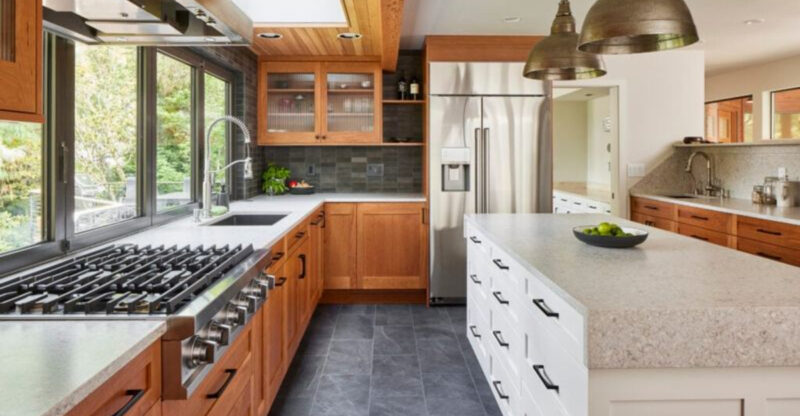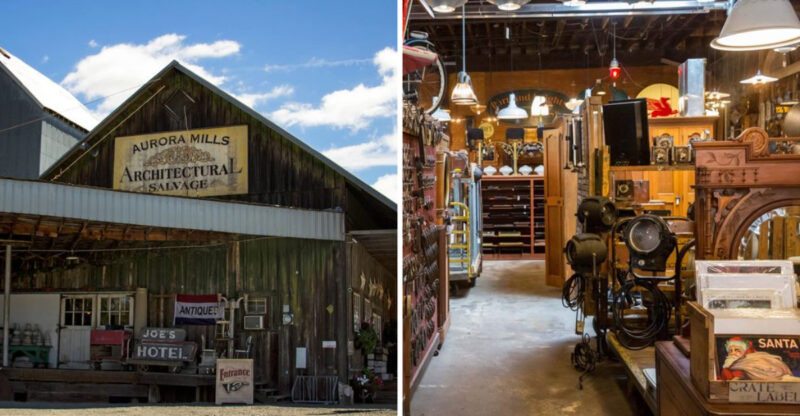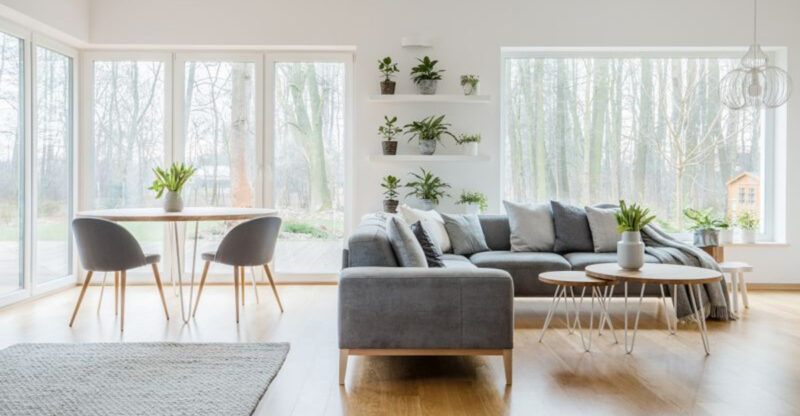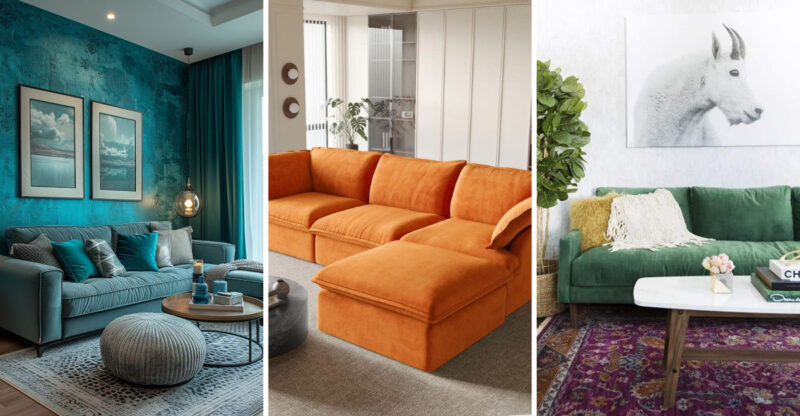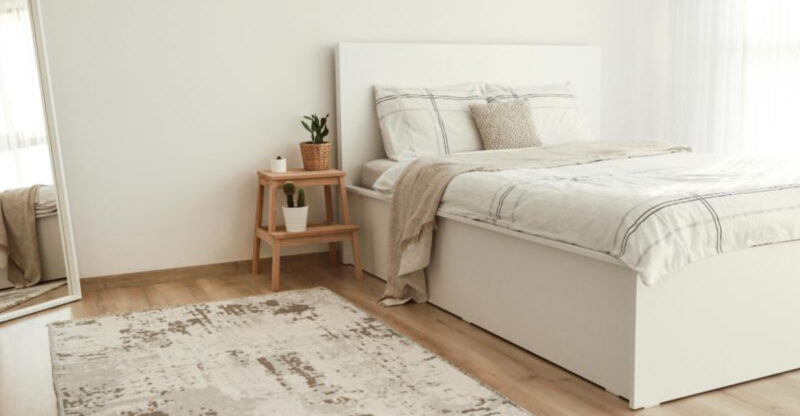10 Timeless Pennsylvania Design Ideas That May Last And 3 That Should Be Reconsidered
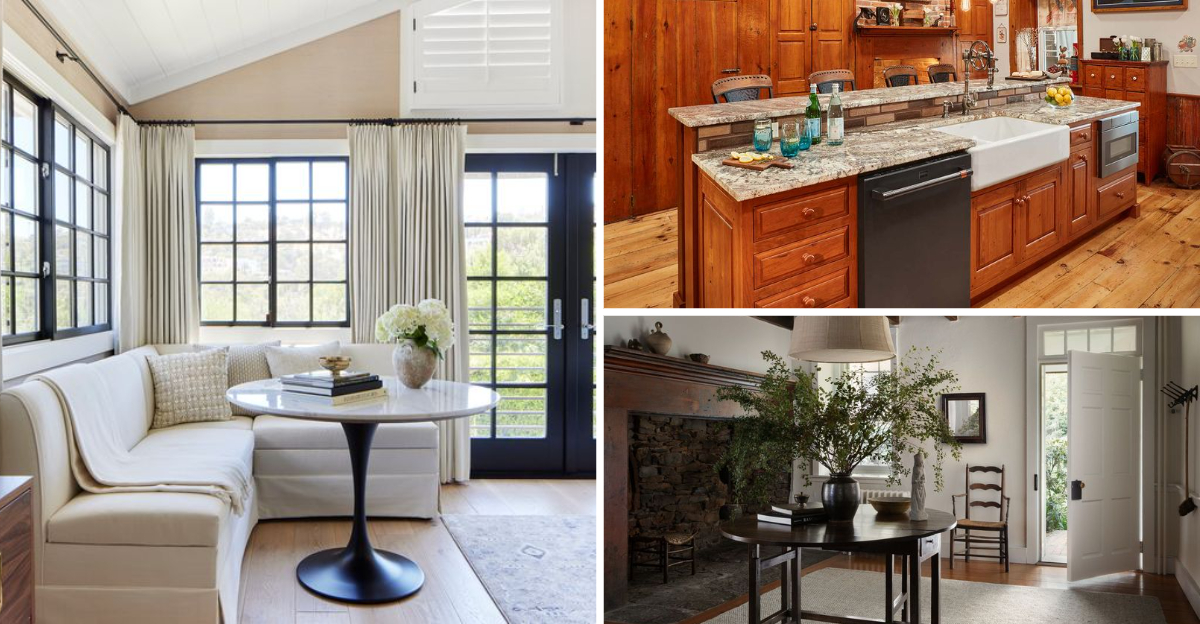
Pennsylvania homes showcase a rich mix of historic charm and practical beauty that reflects the state’s diverse heritage.
From Colonial farmhouses to Victorian townhomes, certain design elements have stood the test of time while others might need a fresh look.
I’ve gathered design inspirations that capture Pennsylvania’s essence, along with a few trends that might be ready for retirement.
1. Shaker-Style Cabinets
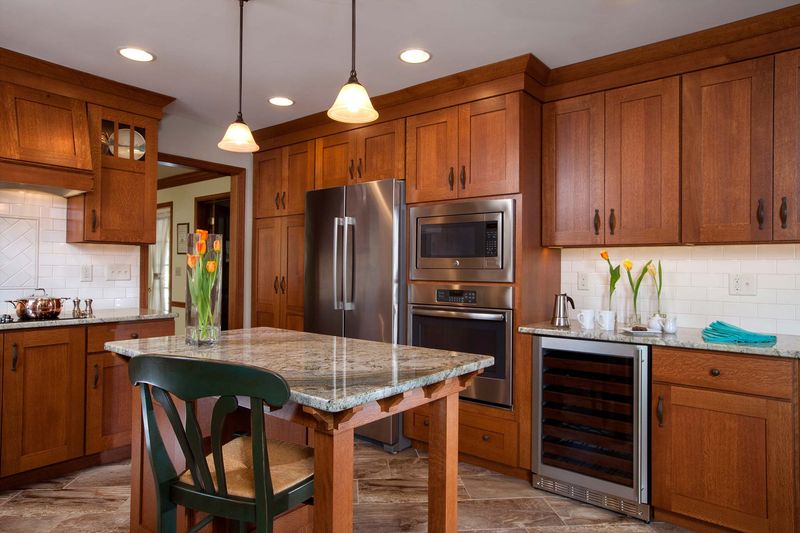
Clean lines and simple elegance make Shaker cabinets a Pennsylvania kitchen staple that never goes out of style. Their straightforward design pays homage to the craftsmanship values that run deep in Pennsylvania’s heritage, particularly in areas like Lancaster County.
You’ll find these cabinets adapt beautifully to both country farmhouses and modern city apartments. The flat-panel doors with rail frames offer versatility that works with virtually any decor style. What makes these cabinets truly timeless is their ability to fade into the background while still providing character.
Whether painted in classic white, deep navy, or natural wood finishes, Shaker cabinets continue to be the quiet backbone of enduring Pennsylvania kitchen design.
2. Exposed Wooden Beams
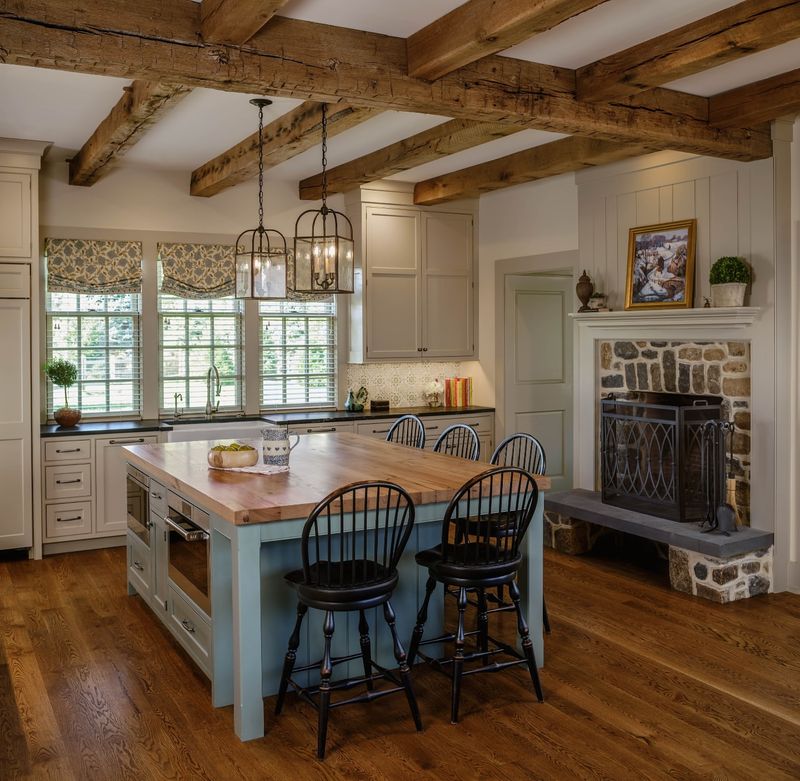
Walking into a Pennsylvania home with exposed wooden beams instantly transports you to a bygone era of barns and historic structures. These architectural elements tell stories of the state’s agricultural past and create immediate warmth in any space.
Hand-hewn beams salvaged from centuries-old barns bring authentic character that can’t be manufactured. Many homeowners throughout the Keystone State preserve these treasures during renovations or add reclaimed beams to new construction.
The contrast between rough-textured wood overhead against smooth walls creates visual interest that draws the eye upward. Even in contemporary spaces, these rustic elements ground the design in Pennsylvania’s rich history while creating the cozy, inviting atmosphere the region is known for.
3. Stone Fireplace

Nothing captures Pennsylvania’s rugged spirit quite like a stone fireplace built from locally sourced materials. These substantial hearths have warmed homes across the state for centuries, from Philadelphia’s historic districts to cabins in the Pocono Mountains.
Local fieldstone, river rock, and quarried stone varieties offer distinctive looks that connect directly to the land. The varied textures and natural color variations create a focal point that anchors any room while providing practical warmth during harsh Pennsylvania winters.
Though modern heating systems have replaced the necessity of fireplaces, their cultural significance remains undiminished. A well-crafted stone fireplace serves as both functional architecture and a symbolic gathering place that continues to define Pennsylvania interiors regardless of changing design trends.
4. Built-In Bookcases

Craftsmanship meets practicality in Pennsylvania’s tradition of built-in bookcases that maximize space while showcasing personal collections. These architectural features reflect the state’s intellectual heritage, from Benjamin Franklin’s library to the scholarly traditions of its many universities.
Custom shelving transforms awkward alcoves and unused corners into functional storage that feels like it’s always been there. Many Pennsylvania homes feature these built-ins flanking fireplaces or lining hallways, creating charming reading nooks in unexpected places.
Beyond books, these shelves display family heirlooms and treasured finds from Pennsylvania’s many antique markets. The permanence of built-ins signals a commitment to literacy and learning that resonates with the state’s Quaker-influenced values of education and thoughtful living.
5. Wainscoting Walls
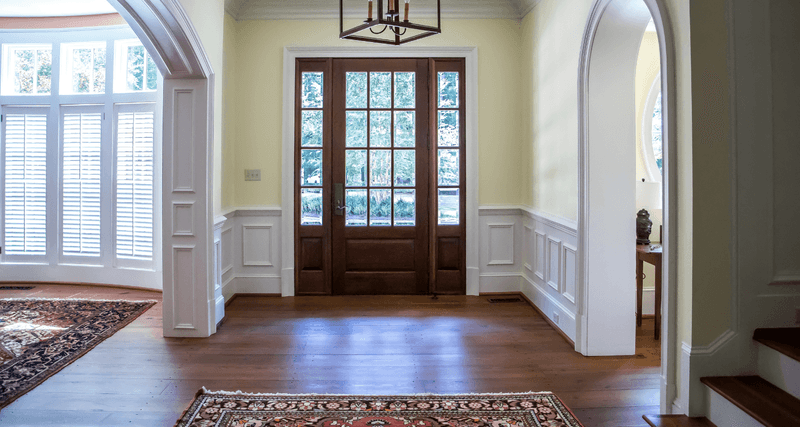
Pennsylvania homes often feature wainscoting that adds architectural interest while protecting walls from daily wear and tear. This practical wall treatment emerged from necessity in colonial times but remains popular for its timeless appeal and versatility.
Different styles flourish across the state from simple beadboard in country cottages to elaborate raised panels in Philadelphia’s Society Hill neighborhood. The horizontal division created by wainscoting visually expands narrow spaces, a clever trick in historic homes with smaller rooms.
Though traditionally white, modern Pennsylvania homeowners experiment with bold colors that highlight this architectural detail. When paired with complementary wallpaper or paint above, wainscoting creates a layered look that adds depth and character to dining rooms, entryways, and bathrooms throughout the Keystone State.
6. Clawfoot Tub
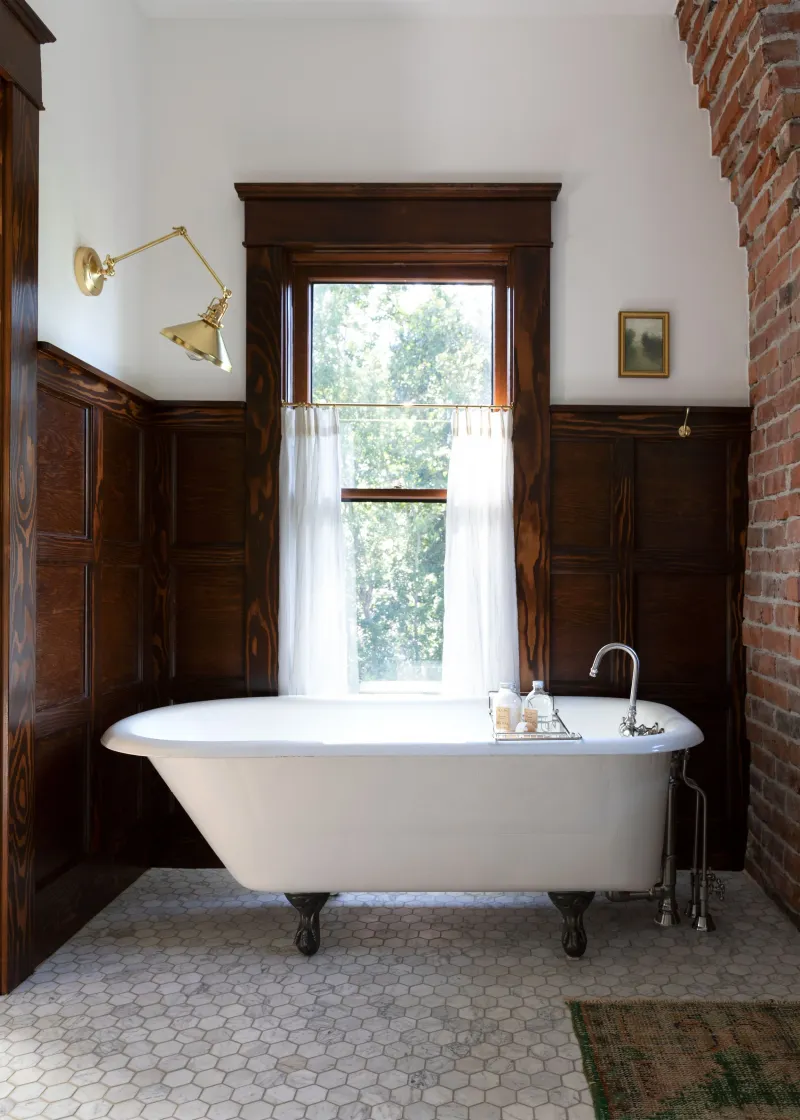
Soaking in a clawfoot tub represents the perfect blend of luxury and historic charm that defines many Pennsylvania bathrooms. These iconic fixtures evoke the Victorian era when many of the state’s most distinctive homes were built, particularly in towns like Jim Thorpe and Pittsburgh’s historic districts.
Original cast iron tubs are treasured finds, often rescued during renovations and refinished to gleaming perfection. Their deep basins allow for proper immersion a practical consideration during Pennsylvania’s chilly winters when a hot bath feels especially welcoming.
Modern versions offer updated conveniences while maintaining classic silhouettes. Whether positioned beneath a window in a master bath or as the centerpiece of a guest bathroom, these statement pieces connect contemporary homes to Pennsylvania’s architectural legacy while providing a genuinely relaxing bathing experience.
7. Neutral Color Palette

Pennsylvania’s landscape has inspired a timeless color palette that brings the outdoors inside through soft neutrals and earthy tones. From the golden wheat fields of Lancaster County to the bluestone quarries of the northeast, these colors connect homes to their natural surroundings.
Warm grays, soft taupes, and creamy whites create versatile backgrounds that highlight architectural details while allowing furniture and artwork to shine. These understated hues reflect Pennsylvania’s Quaker influence, which values simplicity and craftsmanship over showiness.
Homeowners appreciate how these colors adapt to changing light throughout the day, particularly important in a state with distinct seasons. Accents in deep greens, rusty reds, and slate blues colors found in Pennsylvania’s forests, barns, and stone add depth while maintaining the serene, grounded feeling that makes these interiors feel both current and timeless.
8. Transom Windows

Light filters beautifully through transom windows, those distinctive rectangular windows positioned above doors in many historic Pennsylvania homes. Originally designed for ventilation before air conditioning, these architectural gems now serve primarily aesthetic purposes while maintaining historical accuracy.
Row homes in Philadelphia and Pittsburgh feature elaborate stained glass transoms that create colorful light patterns throughout the day. Meanwhile, farmhouses across central Pennsylvania often showcase simpler versions with clear or seeded glass that maximize natural illumination. Homeowners preserving these windows appreciate how they maintain privacy while allowing light to flow between rooms.
Even in new construction, architects incorporate these Pennsylvania classics to reference regional building traditions. Their enduring charm lies in combining beautiful form with clever function a hallmark of Pennsylvania’s practical approach to home design.
9. Farmhouse Sink
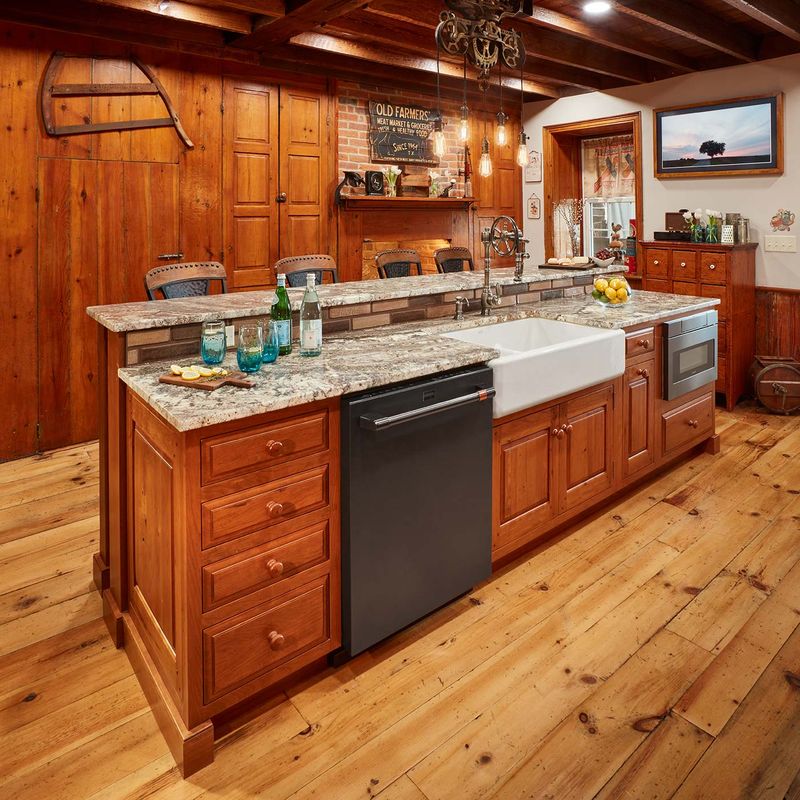
Deep and generously proportioned, farmhouse sinks reflect Pennsylvania’s agricultural heritage while offering practical benefits modern homeowners still appreciate. Their apron fronts extend slightly beyond cabinet edges, creating a distinctive profile that signals authentic farmhouse style.
Historically made from soapstone quarried in Pennsylvania’s eastern regions, today’s versions come in various materials while maintaining the classic form. The deep basin accommodates everything from canning harvests to washing large pots tasks familiar to Pennsylvania families who value self-sufficiency and home cooking. Unlike trendy kitchen elements that quickly feel dated, farmhouse sinks connect to genuine regional traditions.
Their enduring popularity stems from successfully bridging rustic charm and modern functionality. When crafted from quality materials and properly installed, these statement pieces age beautifully, developing character that enhances Pennsylvania kitchens for decades.
10. Hardwood Floors

Pennsylvania’s abundant forests have provided the raw materials for hardwood floors that ground homes throughout the state in natural beauty. Oak, maple, cherry, and walnut harvested from local woodlands connect interiors directly to the region’s natural resources.
Wide-plank floors with visible grain patterns and occasional knots tell stories of the trees they came from. In historic homes from Gettysburg to Erie, original hardwoods have withstood centuries of use, developing rich patinas that modern finishes can’t replicate. The versatility of hardwood spans from rustic cabins in the Alleghenies to elegant townhomes in Philadelphia’s Rittenhouse Square.
Their timeless appeal lies in how they warm any space visually while providing practical durability. As trends come and go, Pennsylvania hardwoods remain the foundation of homes that honor the state’s woodworking traditions and natural bounty.
11. Glass-Front Cabinets (Reconsidered)
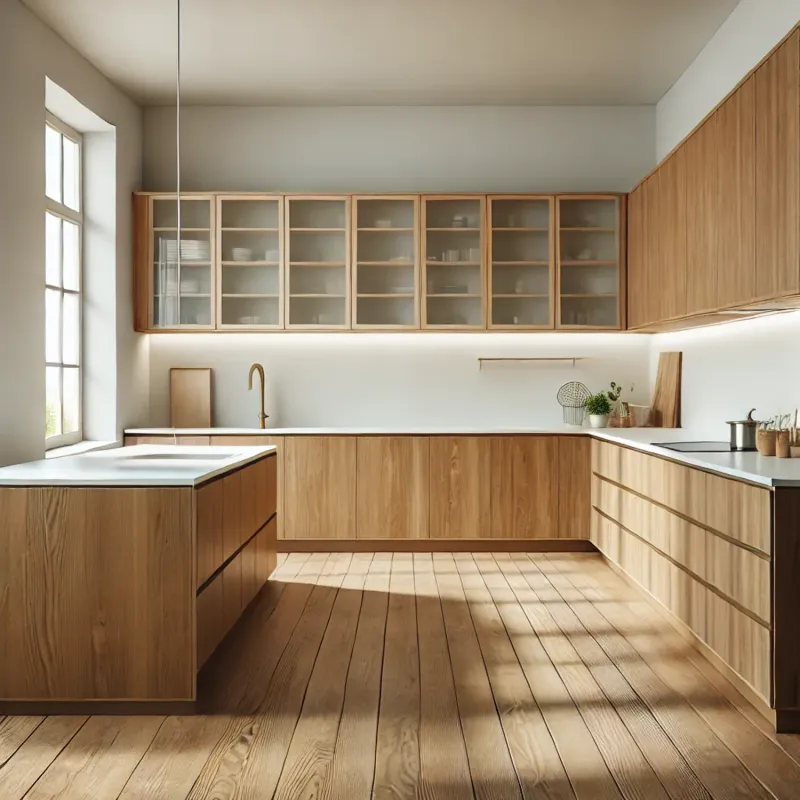
While glass-front cabinets bring elegance to Pennsylvania kitchens, they demand a level of organization that doesn’t match most families’ daily realities. Behind those transparent doors, everything remains constantly visible from mismatched mugs to plastic sippy cups.
Many homeowners find themselves regretting this choice when faced with the pressure to maintain perfectly styled shelves. The constant cleaning required to keep fingerprints and cooking splatters off glass surfaces adds another layer of maintenance in busy households.
If you love the concept but want something more practical, consider limiting glass cabinets to one strategic section for displaying special items. Alternatively, try textured or frosted glass that obscures contents while still allowing light through. This compromise maintains the airy feel glass brings to Pennsylvania kitchens without creating showcases for everyday clutter.
12. Heavy Draperies (Reconsidered)
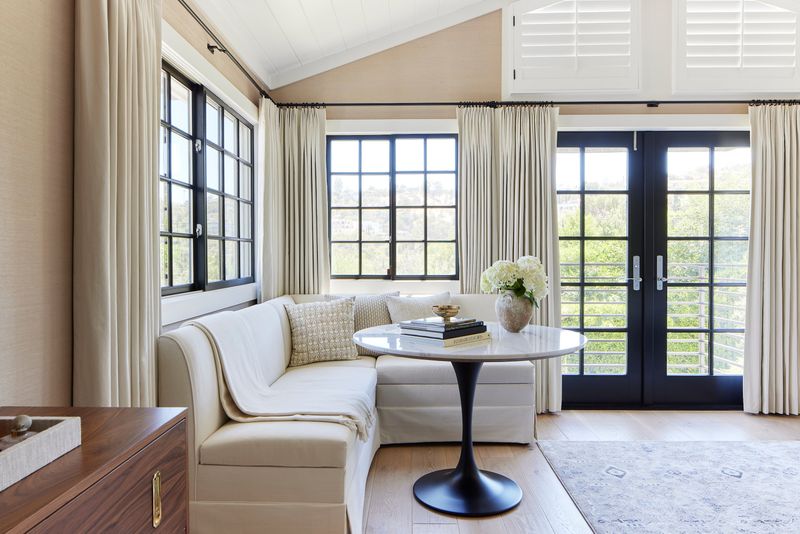
Formal, floor-length draperies once signaled luxury in Pennsylvania homes but now often feel outdated and impractical. These heavyweight window treatments collect dust, block natural light, and make rooms feel smaller the opposite of what most homeowners want today.
Maintenance becomes particularly challenging in Pennsylvania’s four-season climate. Heavy fabrics trap humidity during summer months and can develop musty odors, while winter heating systems dry out and potentially damage delicate materials. Modern alternatives like simple linen panels, woven wood blinds, or tailored Roman shades offer cleaner lines while still providing privacy and light control.
These lighter options better complement Pennsylvania’s architectural styles while allowing windows often a home’s best feature to shine. When choosing window treatments, consider what enhances rather than overpowers your home’s natural character.
13. Overly Ornate Chandeliers (Reconsidered)
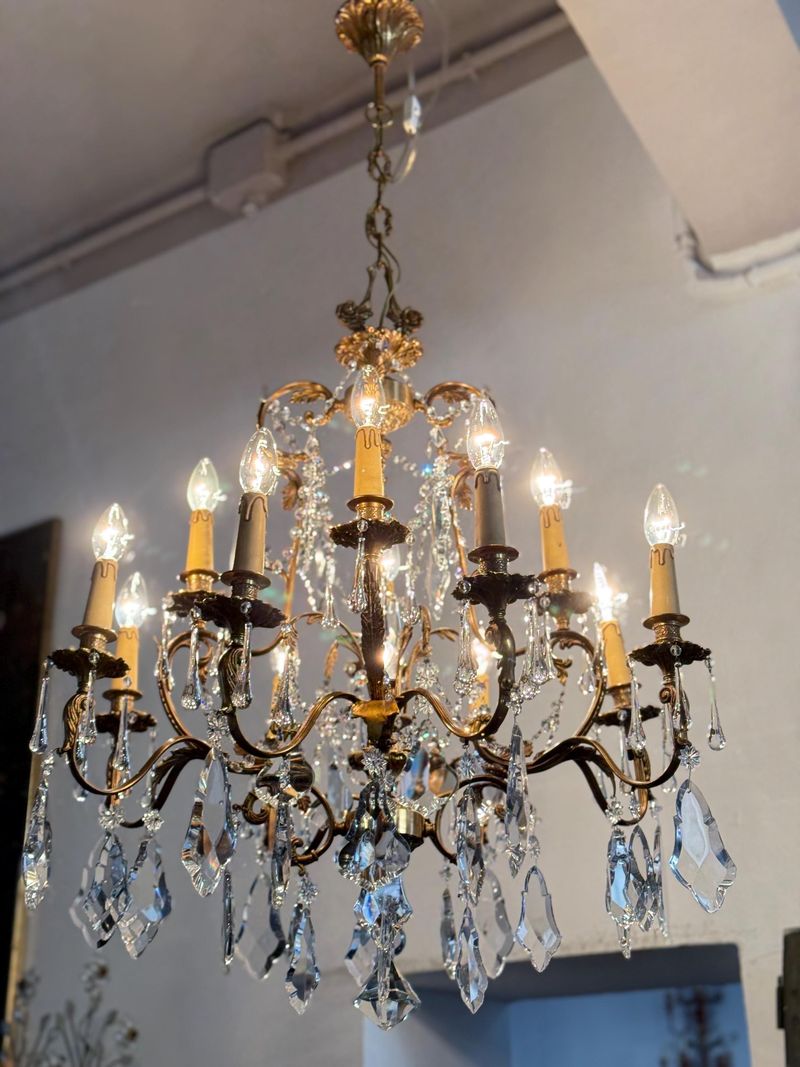
Massive crystal chandeliers dripping with pendants once symbolized prosperity in Pennsylvania’s grand homes but often feel disconnected from contemporary lifestyles. These elaborate fixtures frequently overwhelm today’s more casual living spaces and create jarring contrasts with otherwise streamlined interiors.
Maintenance becomes a significant burden as each dangling crystal requires regular cleaning to prevent dust buildup. Pennsylvania’s humidity can accelerate tarnishing of metal components, requiring additional upkeep beyond what most homeowners can reasonably manage. For lighting that honors Pennsylvania’s design heritage without the fussiness, consider simpler interpretations of traditional forms.
Wrought iron fixtures with clean lines, brass lanterns, or wooden chandeliers with subtle detailing provide character while remaining proportional to modern rooms. These alternatives reference historical styles while feeling fresh and appropriate for how Pennsylvania families actually live today.

